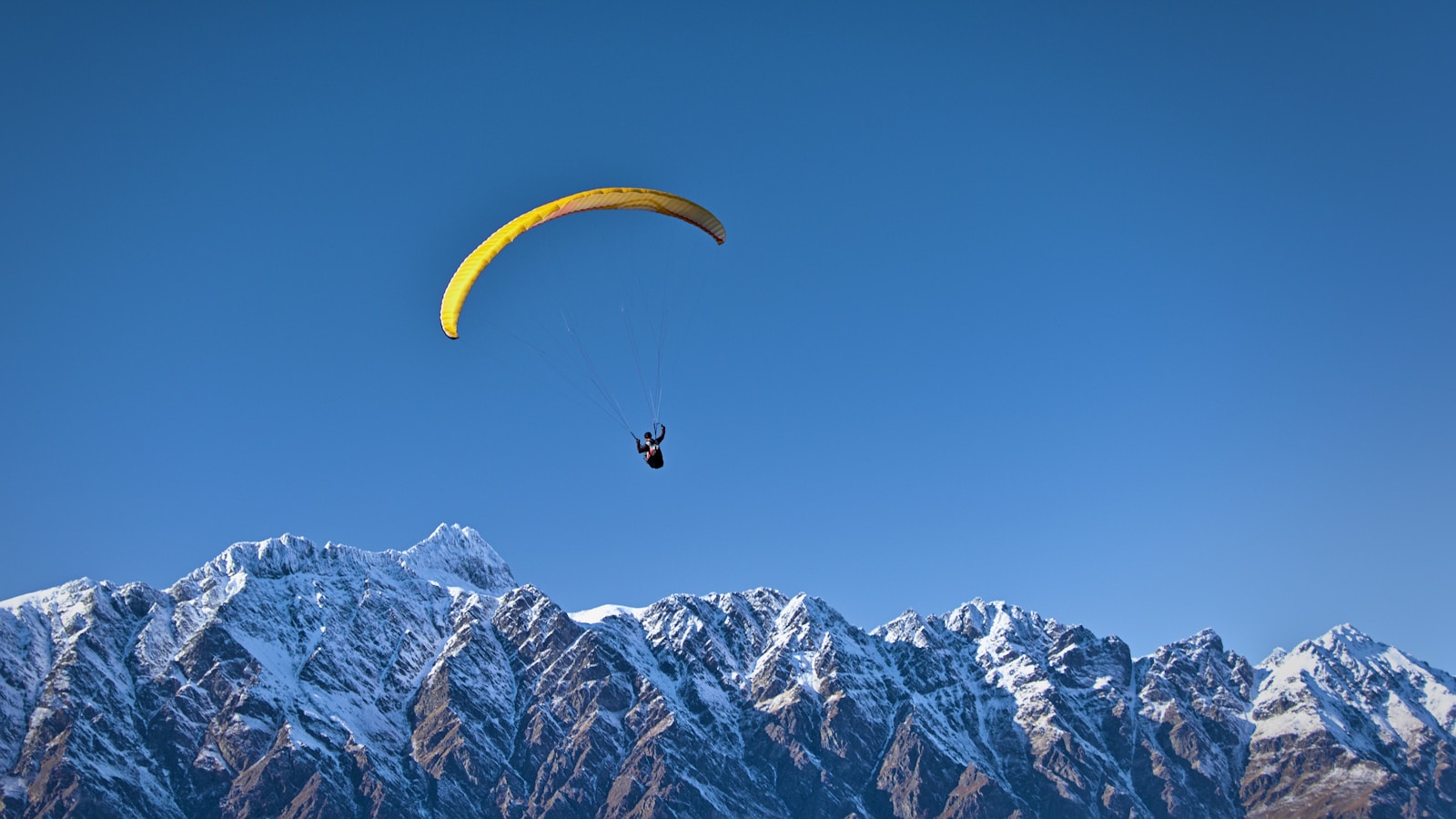Last week we reported on the problem of people losing sleep because of worries over work. This week a solution: sleep at work. No, really. Many people use power napping to help them remain alert throughout the day. Learn how it can help you. This item was contributed by Vielife.
You have just had lunch, it’s nice and warm inside, and you feel like nodding off. Sound familiar?
Feeling sleepy during the afternoon is not unusual. Studies have shown that we reach our lowest level of alertness (and are most fatigued) at around 2pm. However, there are ways to combat this. One way to return to our peak levels of performance is power napping. Power napping can be used at any time of day or night to fight fatigue.
People who cannot choose when they sleep, such as fire fighters or doctors, often use power napping (‘intelligent sleeping’) to recuperate. Power naps can help maintain good health, relieve stress, and there’s always time for a power nap.
If you only have a few minutes to spare…
Try not to exceed a one- or two-minute nap. Wait until you are alone, sitting down and feeling tired.
Close your eyes. Rest your arms and breathe in, pushing out your stomach. Expand your chest and lift your shoulders. Breathe out, lowering your shoulders, emptying the chest, and pulling your stomach back in. Repeat a couple of times. You should begin to feel more relaxed.
If you have up to 30 minutes to spare…
Sit down and make yourself comfortable. Close your eyes. Concentrate on the tips of your toes, and then let your mind travel back to your ankles and then your calves, allowing them to relax. Visualise your thigh and buttock muscles relaxing. Feel the muscles in your back relax naturally. Once the muscles along your spine relax, and your shoulder blades are resting on the back of the chair, your shoulders will also loosen up.
Breathe slowly. Relax your arms and concentrate on your elbows, wrists, and then on the tips of your fingers, which should be stretched out and relaxed. Stretch the back of your neck. Think about your forehead being relaxed and let your eyelids and cheek muscles go. Your mouth will half open automatically and your whole face will relax.
Recovery will take place naturally, and your sitting position should prevent you from falling into a counterproductive, proper sleep.
If you have 1½ to 2 hours to spare…
Although technically not a power nap, this length of rest (a ‘siesta’) corresponds approximately to one sleep cycle, and can help you to recover after a busy spell at work. It works best in a protected environment (at home), and is probably too long a nap to have if you have trouble falling asleep at night (it may only make things worse). However, if you feel like this type of ‘recharge’, take your siesta at around 2pm, when your alertness is at its lowest. Make sure it’s dark and quiet, and the temperature does not exceed 18 °C, if possible.
Begin with some deep abdominal breathing: breathe in (stomach out), and breathe out (stomach in). Let yourself go. Do not force yourself to sleep – It should come by itself, and you should enjoy it. If you are not used to sleeping in the afternoon, set your alarm to make sure you don’t oversleep.
Learn more about Power napping.
As an HR professional, how would you regard requests for an hour’s sleep break in the afternoons, provided the time was made up?








